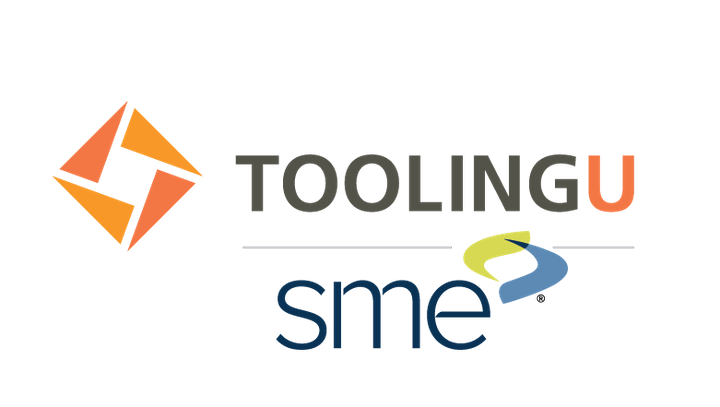This class explains the key components in the creation and execution of a simple milling program. Includes an Interactive Lab.
Course Objectives:
- Describe the general process necessary to prepare for writing a part program
- Describe how part programs are organized
- Describe how program codes cause tool movement
- Identify the cutting variables used on the mill
- Read program blocks to predict linear tool movements
- Identify G codes used to determine the mode of tool movement
- Distinguish between the arc center and radius methods for programming circular interpolation
- Read program blocks to predict the type of tool movement
- Identify common codes located at the beginning of a toolpath
- Identify the codes necessary to initiate a tool change
- Identify the code necessary to signal an optional stop
- Read program blocks to identify tasks performed before the tool begins cutting
- Identify a canned cycle
- Read program blocks to determine the starting and ending points of a canned cycle
- Define subprogram
- Read program blocks to determine the execution of a subprogram
- Describe the advantages of including repetitive startup codes
- Describe the purpose of proving out a part program.
Recommended Background
- Recommended for all manufacturing personnel operating CNC machines.
Course ID
TU194
Skill Focus
Intermediate
Instructor(s)
Tooling U - SME
Employee Type
New Applicants, Operations team, 1st level supervisor
Method of Delivery
Online
Estimated Effort
2.5 hrs
Cost
Contact for Price
Contact ToolingU for Course Program Details.
 Tooling U - SME
Tooling U - SME